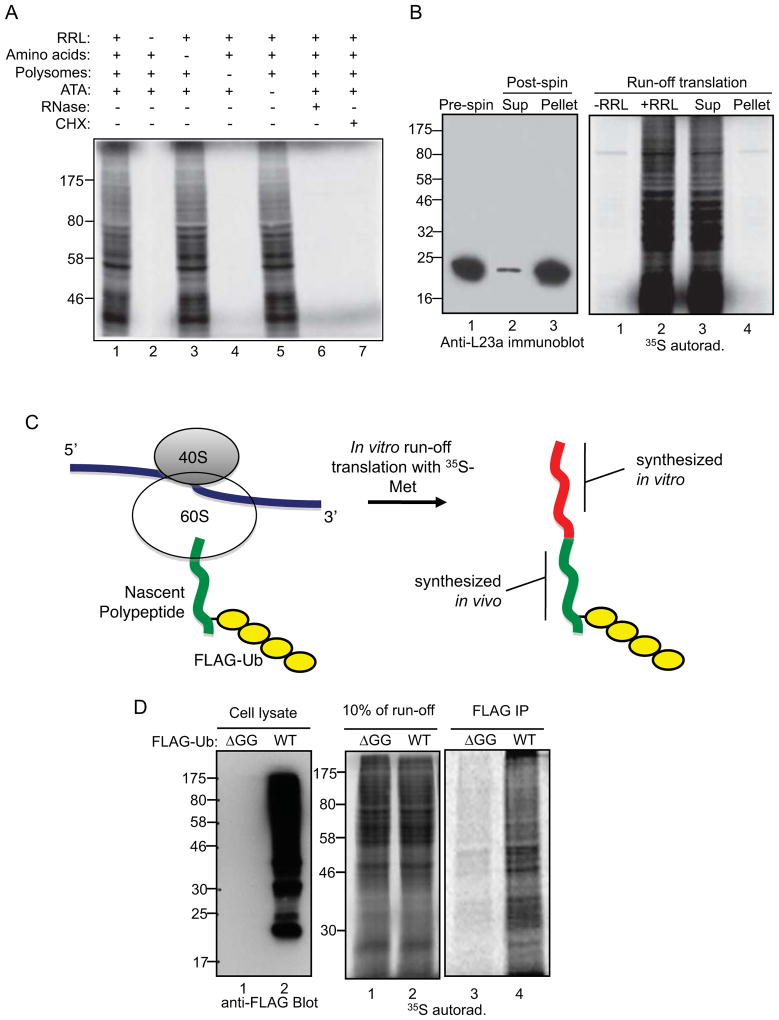Figure 4. CTU occurs within active translation complexes.
A. Requirements for in vitro run-off translation reactions. A complete run-off reaction is shown in lane 1. A single component was deleted in lane 2 (rabbit reticulocyte lysate; RRL), lane 3 (exogenous amino acids), lane 4 (polysomes), and lane 5 (aurintricarboxylic acid; ATA). RNase or CHX was added to the reactions in lanes 6 and 7. B. Ribosomes present in RRL are not required for the run-off reaction. Ribosomes were depleted from RRL by ultracentrifugation, and untreated RRL or ribosome-depleted supernatant (Sup) was used in run-off reactions. Left panel shows an immunoblot for the L23a ribosomal protein in RRL (pre-spin), the supernatant (Sup), and the pellet. C. The CTU model predicts that if ubiquitin is conjugated to nascent chains on actively translating polysomes and translation can proceed following CTU, then in vitro run-off products will contain both ubiquitin and 35S-methionine. Green represents the portion of the polypeptide chain translated in vivo, and red represents the 35S-methionine-containing polypeptide translated in vitro. D. Cells were transfected with plasmids expressing FLAG-Ub (WT) or FLAG-Ub-ΔGG (ΔGG), and polysomes from these cells were used in run-off reactions. Left panel shows an anti-FLAG immunoblot of total cell extracts, center panel shows 10% of the run-off reactions, and right panel shows the anti-FLAG immunoprecipitates of the run-off reactions.

